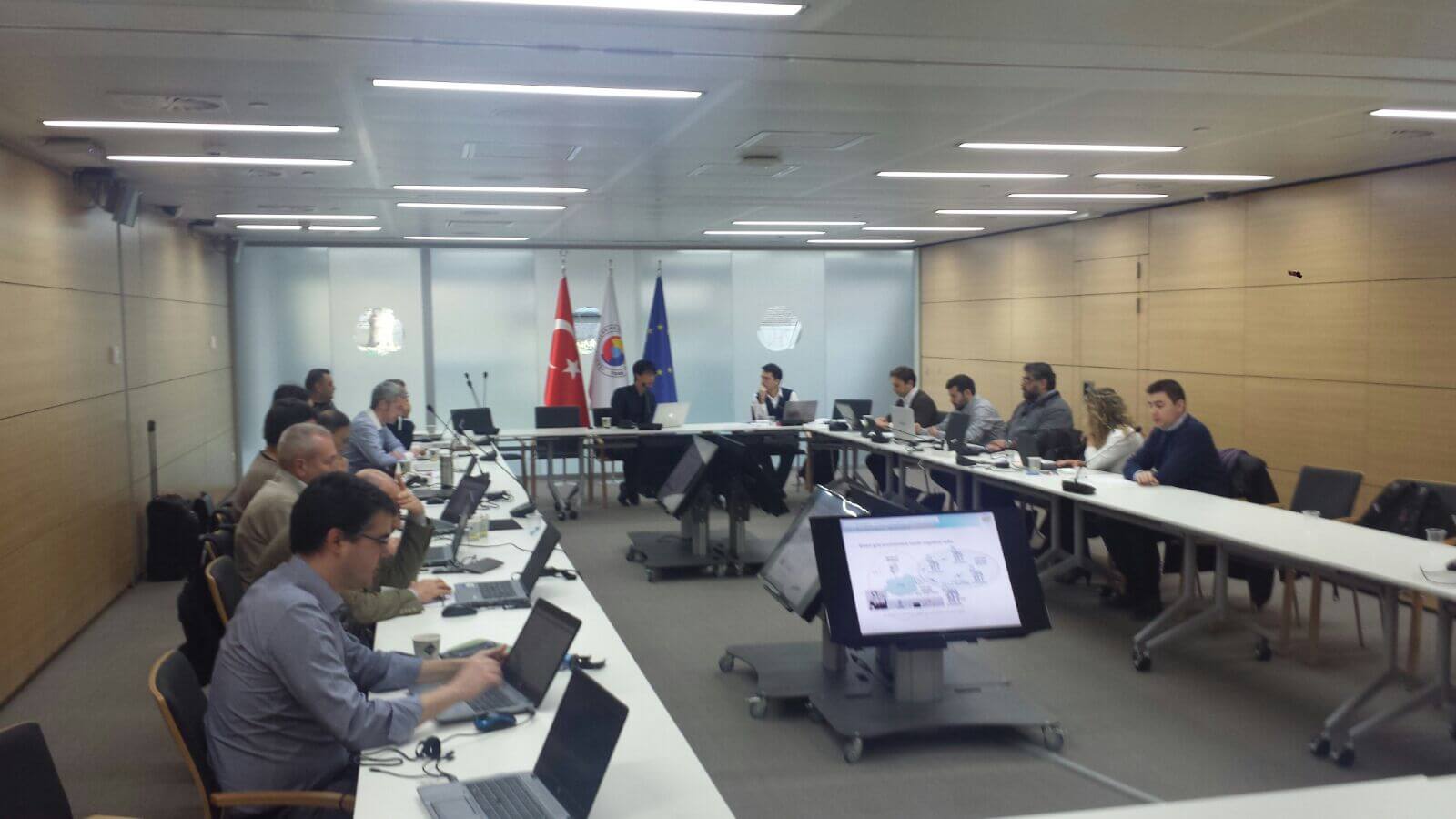Project related with smart grids ends with positive outcomes
On 7 February, the H2020 SmarterEMC2 project held its final review meeting in Brussels, with the participation of all 11 project partners and the EC Project Officer who positively acknowledged the performed work and its results.
13th March 2018
The project SmarterEMC2 – Smarter Grid: Empowering SG Market ACtors through Information and Communication Technologies was financed by the H2020 program of the European Commission and completed a three-year period of R&D activities in December 2017.
The main goal of the project, which was aligned with the Smart Grid paradigm, was the development and validation of Information and Communications Technologies tools that support the integration of consumers and distributed generation / renewable energy sources.
INESC TEC addressed a specific topic of research aiming at solving local problems that may occur in electric distribution grids resulting from the large-scale integration of renewable energy sources as well as relevant loads, through the flexibility of using local energy resources (loads and generation).
The architecture of a Local Constraints Management System (LCMS) was defined together with the creation of a simulation platform and the development of simulation tools. The adopted control approach takes into account the uncertainties of the communications networks to plan the grid operation and define a suitable strategy for the flexibility activation. The main innovative contribution was the introduction of a per-node communications performance index in the cost function used by an optimal power flow algorithm, to optimize the LCMS performance.
Real data from four Medium Voltage (MV) grids with different characteristics (number and geographic distribution of nodes) was provided by a project partner (HEDNO). A wireless communications network based on the IEEE 802.11 standard was configured on the ns-3 simulator for each MV grid, in order to exchange information (monitoring data, control set-points, alarms, etc.) between the primary substation and all the secondary substations.
The simulation platform was used to validate the LCMS concept and the control strategy; performance evaluation of the system was carried out using the simulation tools as well as emulating the MV networks in a real time digital simulator in the Smart Grids and Electric Vehicles laboratory.
The INESC TEC team was composed of David Rua, Ricardo Bessa, Rui Pinto, Justino Rodrigues, Jean Sumaili and Gil Sampaio from the Centre for Power and Energy Systems (CPES), and José Ruela, Filipe Ribeiro, Carlos Leocádio, Manuel Ricardo and José Manuel Oliveira, from the Centre for Telecommunications and Multimedia (CTM).
The researchers mentioned in this newspiece are associated with INESC TEC, UP-FEUP and UP-FEP.


